14 Antique Medical Pieces That Are Big Hits with Collectors
Antique medical tools offer a unique look at how health care worked in the past. These items once helped doctors treat patients in ways that now seem outdated. From glass syringes to ornate stethoscopes, each piece has a story. Many collectors enjoy finding well-preserved tools from different time periods. This article looks at what makes these pieces interesting to own and display.
This post may contain affiliate links, which helps keep this content free. Please read our disclosure for more info.
Antique Glass Syringe
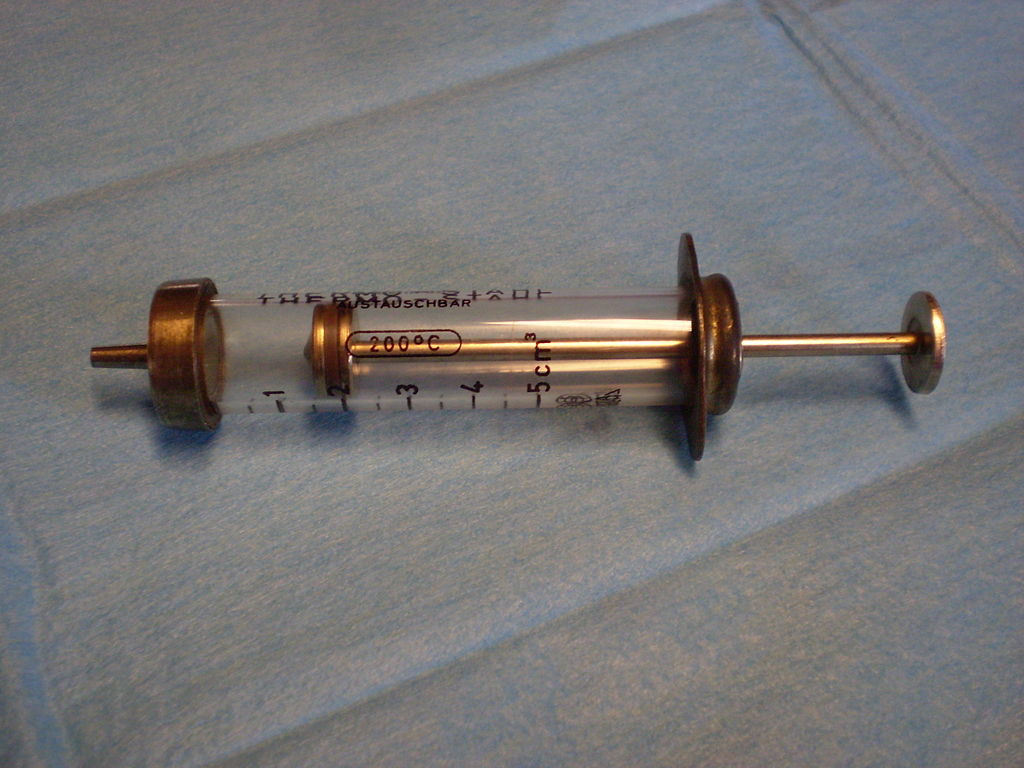
This type of syringe dates back to the mid-1800s and was used for repeated injections before disposable versions existed. It is made entirely of glass and metal, often with a wooden or metal plunger and fine needle. Prices today range from $20 to $200 depending on condition, presence of original case, and intact needle. A modern equivalent would be a plastic disposable syringe, but collectors value the glass model for its design and durability.
Collectors look for syringes with maker’s marks, original wooden boxes, or intact plungers. They are still functional if thoroughly cleaned, though many choose to display them instead. Syringes from specific manufacturers like Becton Dickinson can fetch higher prices. These often appear in vintage medical kits used for home display.
Bow Frame Amputation Saw
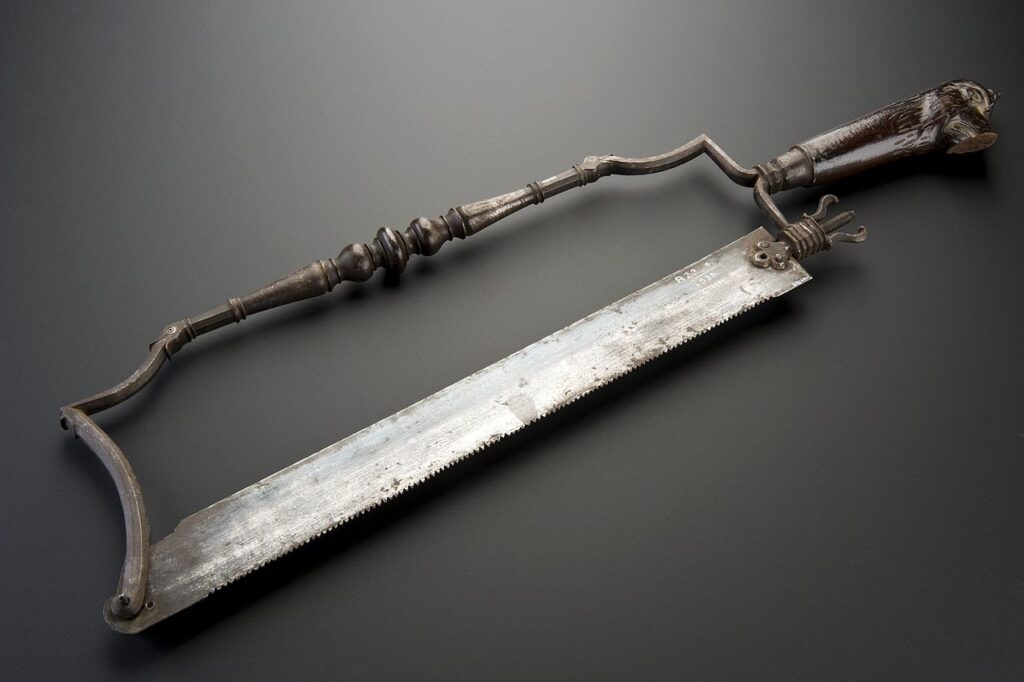
This saw was made in Europe around the 1650s and used for amputation procedures before anesthesia was introduced. It features a wood or ebony handle with a curved steel blade and sometimes decorative details. Antique examples often sell for about $500 to $2,000 depending on condition and design. Its modern version is a surgical saw, but collectors appreciate the hand-built style and historical purpose.
These saws are valued not just as tools but as pieces of medical history. They often show wear such as blade nicks or patina on the handle. Some were custom-made for wealthy doctors and include ornamentation or personal engravings. Items with original clamps or maker’s initials tend to stand out.
Antique Mercury Thermometer
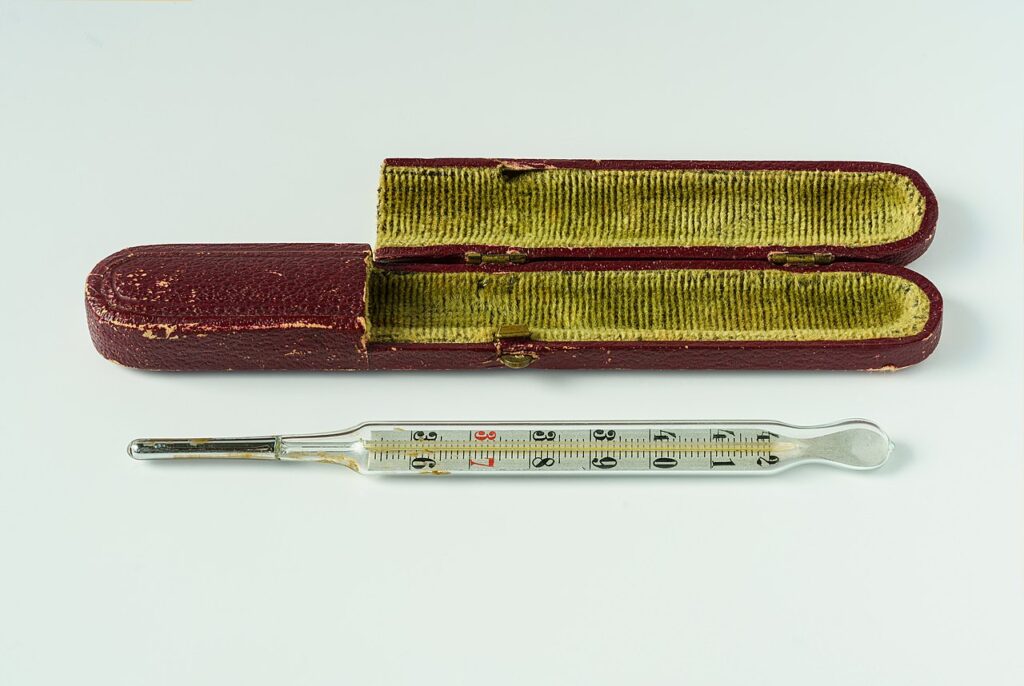
Mercury thermometers became popular in the late 1800s and were used in both homes and clinics. They are made of glass with marked temperature scales and a sealed mercury column. These typically sell for $20 to $150 depending on age, scale type, condition, and packaging. Although modern digital models have taken their place, collectors enjoy the vintage look and craftsmanship.
A clear mercury column and legible scale increase the appeal. Some thermometers include both Fahrenheit and Celsius, which adds variety for display. Brand names printed on the tube or case can raise the value. These are often displayed in medicine cabinets or framed collections.
Ear Trumpet

Ear trumpets were made in the early 1800s as early hearing aids, helping people with hearing loss. They are often crafted from brass or silver, sometimes adorned with decorative engravings. Values range from $100 to $600 depending on material and design. Today hearing aids are digital and small, but collectors appreciate trumpets for their historical role in sound amplification.
Collectors look for intact flared ends and clear tubing. Some models fold or collapse inside a case, adding to their charm. Unique engravings or maker’s marks add value. They are commonly displayed alongside other early medical devices.
Glass Cupping Set
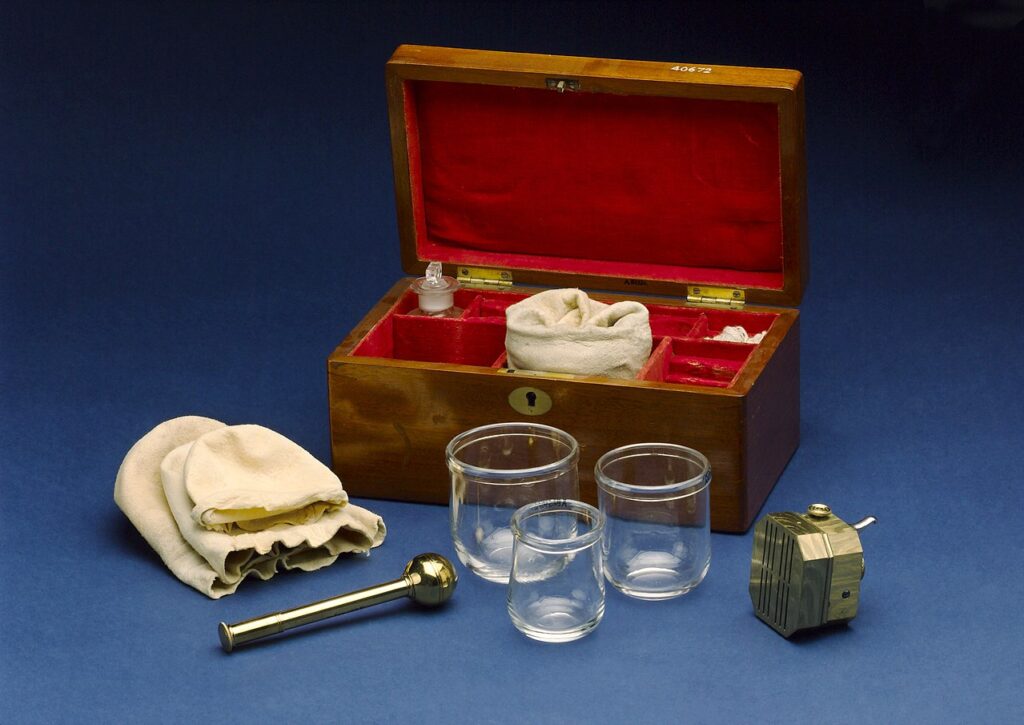
Glass cupping sets became popular in the 19th century and were used to create suction on the skin for pain relief and blood flow. They include a set of clear glass cups and a suction pump or heat lamp. A full set in good condition can sell for $200 to $1,200. Modern versions use plastic and vacuum pumps, but collectors value the clarity and intact glass.
Look for sets where cups have no chips and the pump retains metal parts. Some include original wooden or felt-lined cases. These sets illustrate early forms of complementary medicine. They make striking pieces in antique medical collections.
Scarificator
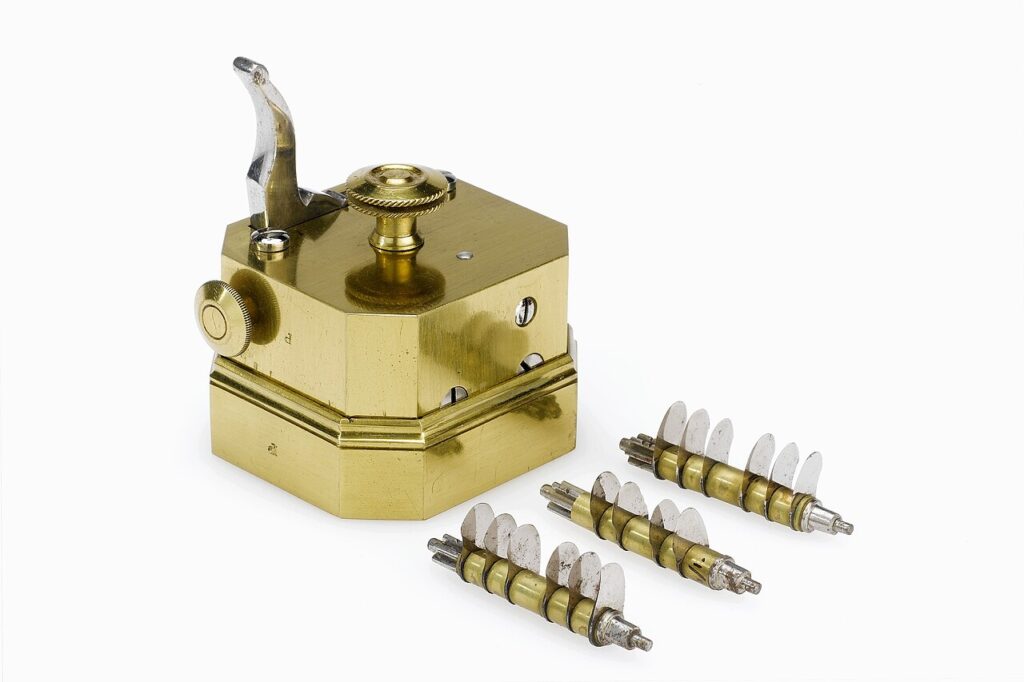
The scarificator was introduced in the early 1800s and used for bloodletting. It contains multiple spring-loaded blades that make small cuts in the skin. Brass or steel versions in working condition usually sell for $300 to $1,000. While no longer used in modern medicine, they remain popular among collectors for their mechanical design.
Collectors often check if the lever mechanism still functions and if the blades are intact. Some models have etched markings or manufacturer names on the body. Scarificators were often stored in velvet-lined cases. They represent a period when bloodletting was a common treatment.
Amputation Kit
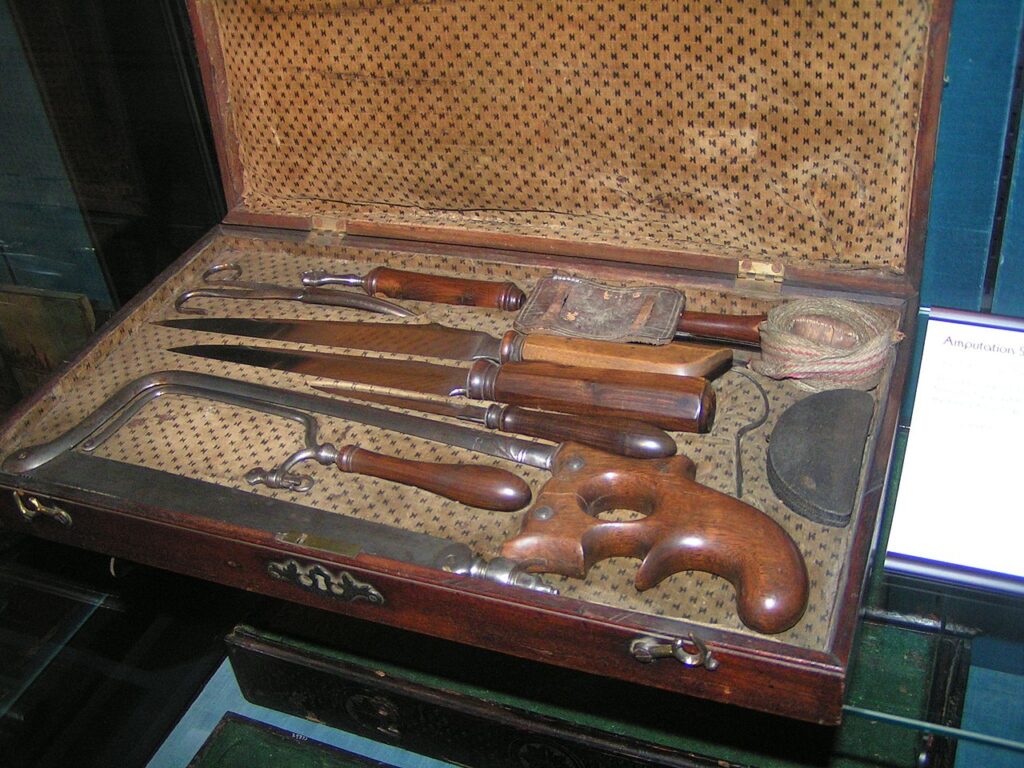
Amputation kits were common in the 19th century and used in battlefield and hospital settings. These kits typically include bone saws, knives, forceps, and tourniquets. Complete sets in original boxes can sell for $1,500 to $4,000. Today, surgical kits are sterile and disposable, making these early versions highly collectible.
Look for original wooden cases with intact brass hinges and labeled compartments. Tools made by known makers hold more value. Some kits include handwritten labels or notes from medical staff. These items reflect the serious challenges of early surgery.
Antiseptic Sprayer
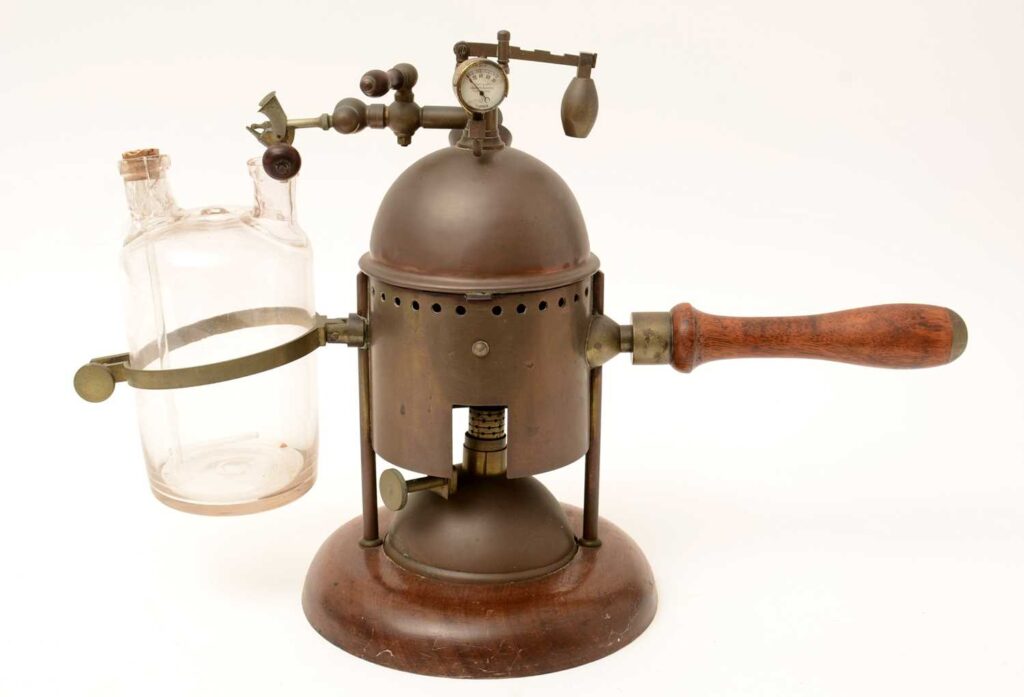
Antiseptic sprayers appeared in the late 1800s, used to spray disinfectant in operating rooms or on wounds. They often have a glass container and a hand pump with a metal nozzle. A working example may be valued between $100 to $400. Modern equivalents are pressurized cans or electric mist sprayers.
Collectors look for intact glass, working pumps, and original labels. Some sprayers came in fitted cases or with extra nozzles. These tools represent the rise of germ theory in medicine. They make interesting conversation pieces in any medical display.
Obstetrical Forceps
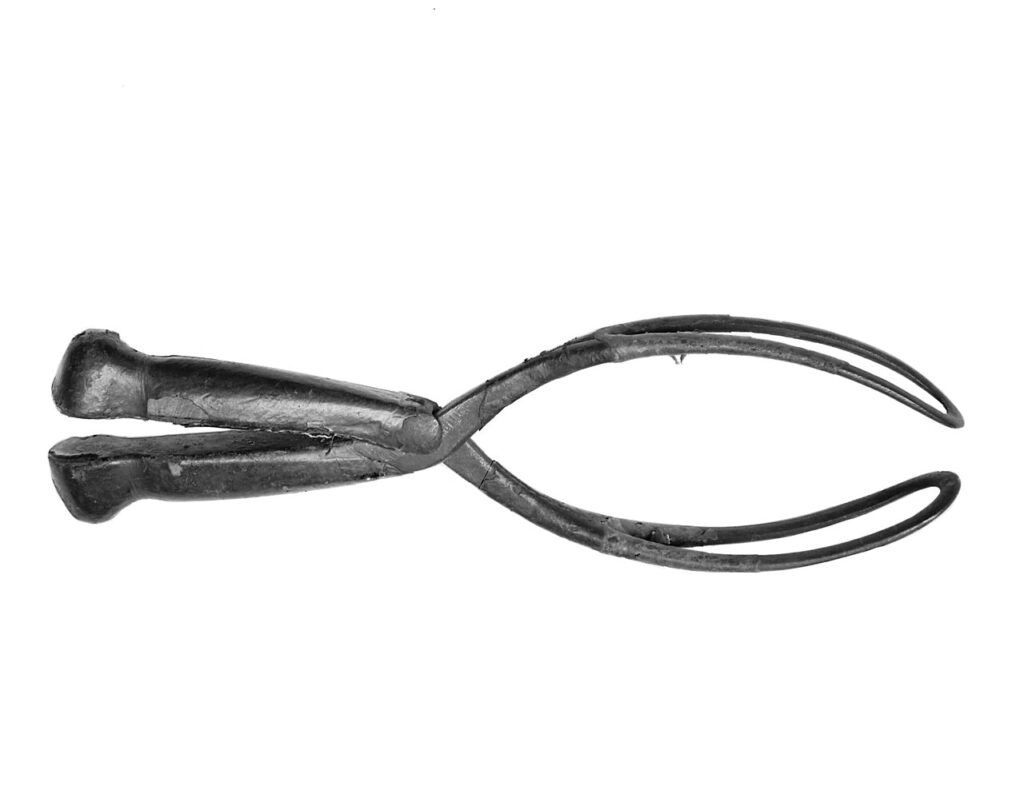
Obstetrical forceps date back to the 17th century, but many collectible pieces come from the 1800s and early 1900s. These were used during childbirth to guide the baby through the birth canal. Depending on the maker and condition, they can be worth $150 to $600. Modern forceps are designed with softer materials and better ergonomics.
Older forceps are usually made of polished steel with curved blades and locking handles. Some carry engraved initials or manufacturer stamps. They often came in leather pouches or wooden boxes. These tools remind collectors of early childbirth practices.
Trephine Set
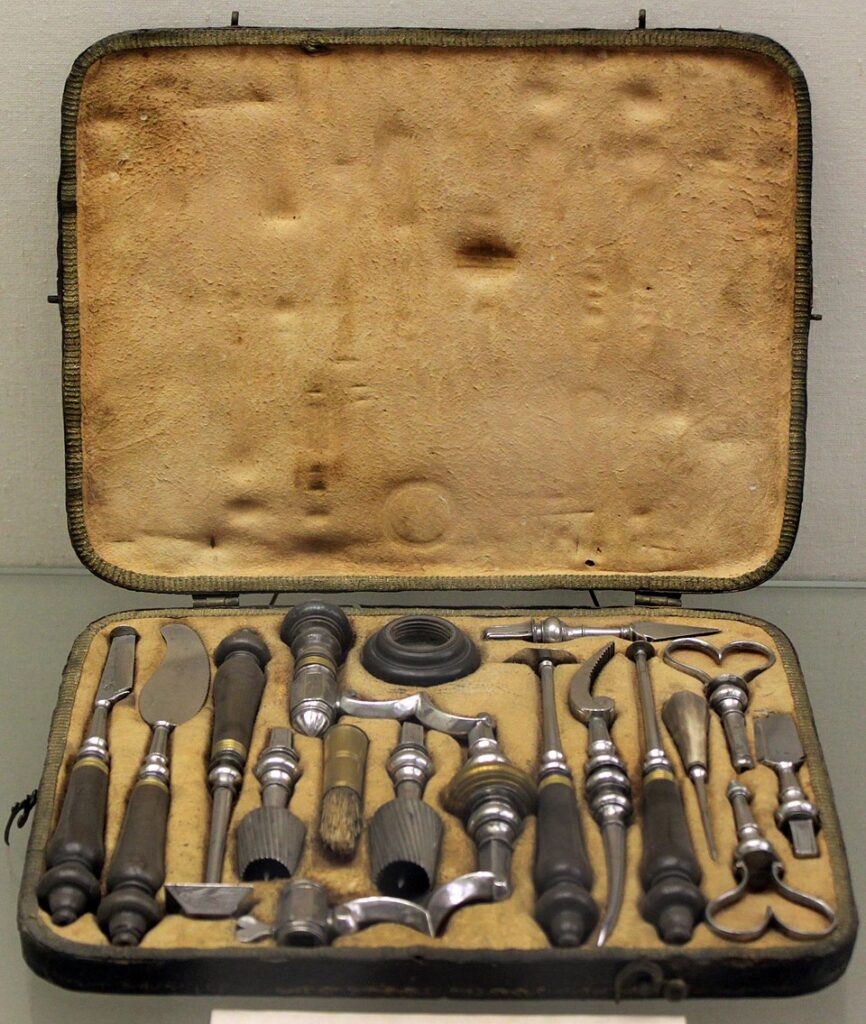
Trephine sets were used in the 18th and 19th centuries for skull surgery, often to relieve pressure or treat head injuries. A typical set includes a trephine saw, forceps, and bone elevators. Complete sets in good condition can sell for $800 to $2,500. Modern neurosurgery has replaced these with advanced instruments and imaging tools.
Trephines usually have circular blades with center pins. Some handles are beautifully turned or inlaid with ivory. Collectors appreciate the quality of materials and the historical importance. These sets are often displayed in museums or private collections.
Plaster Bandage Roller
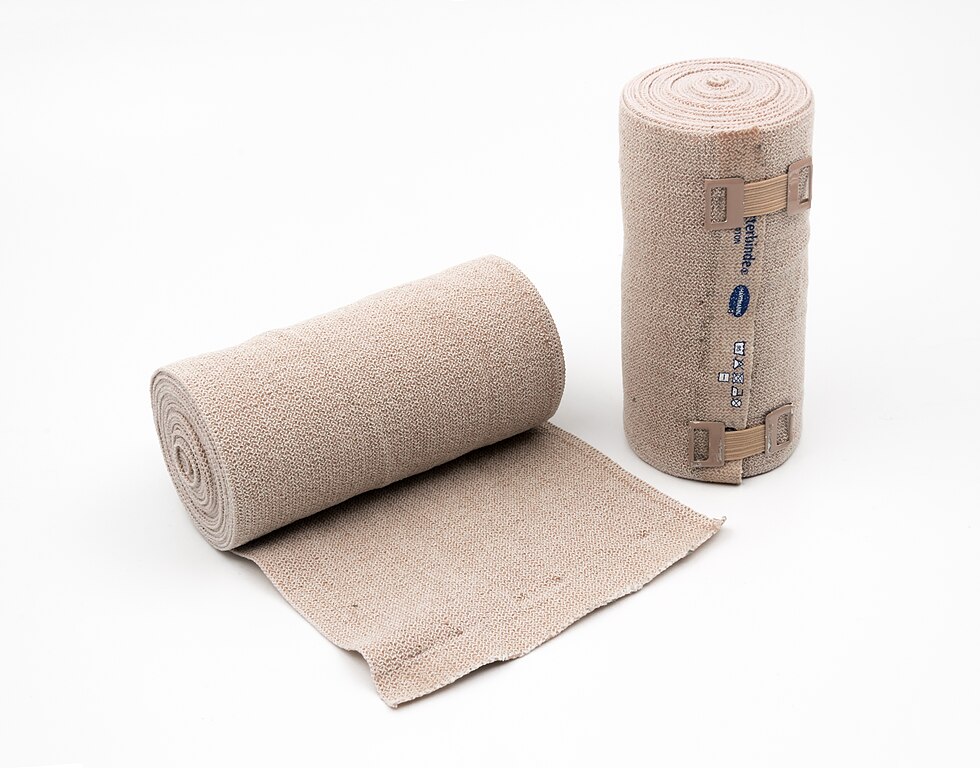
This tool became common in the early 1900s, and it was used to roll and prepare plaster bandages for orthopedic care. It helped evenly coat fabric with wet plaster before applying it to a broken limb. Working examples usually range in value from $75 to $300. Today, plaster is factory-prepared and no longer rolled by hand.
Look for cast iron bases and smooth crank handles. Some models include a tray or rack for drying. These rollers often sat on hospital counters and were used daily. Their sturdy design and usefulness make them appealing to collectors.
Glass Leech Jar
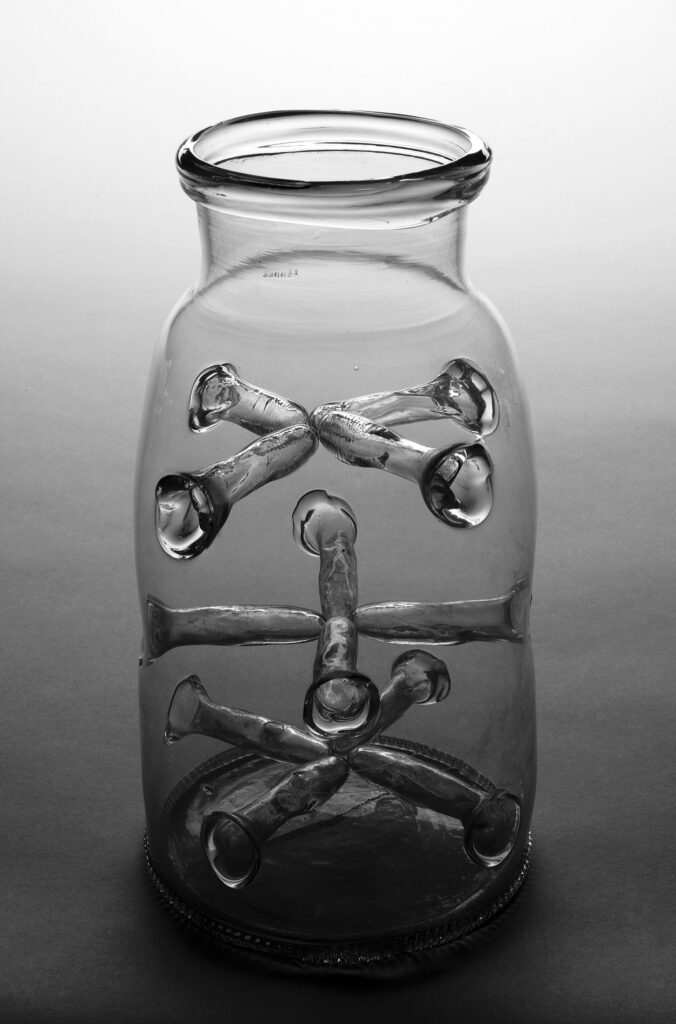
Glass leech jars were common in the 1800s when leech therapy was widely used for bloodletting. These jars typically had a wide mouth, a lid with holes for air, and a bulbous base. Depending on size and condition, a glass leech jar can range from $150 to $500. While the practice is rare today, medical leeches are still used in controlled environments.
Many jars are made of clear or tinted glass and may show bubbles or imperfections from old glassblowing techniques. Some have etched labels or glass stoppers. They were often found in apothecaries and doctors’ offices. Collectors value their unusual shape and association with early medical practices.
Antique Tourniquet

Antique tourniquets were widely used in the 19th century to control bleeding during surgery or amputation. These usually included a cloth or leather strap with a tightening mechanism such as a screw or buckle. Prices can range from $120 to $600 based on design and materials. Modern versions are still used, though they are more advanced and adjustable.
Older tourniquets often have brass fittings and leather straps. Some come in wooden cases with instruction cards. They were essential in both battlefield and hospital settings. Their practical design and historical role make them valuable to collectors.
Antique Hypodermic Syringe Set

Hypodermic syringes began appearing in the mid-1800s and were used to inject morphine, cocaine, and other medications. Early sets often came in velvet-lined cases and included glass barrels with metal plungers and interchangeable needles. Depending on the condition and completeness, these sets can sell for $250 to $900. Modern syringes are disposable and made from plastic for hygiene and safety.
From surgery kits to early stethoscopes, each item carries a unique story. Many of these tools remain popular with collectors because of their history and design. Holding one feels like stepping into another era.
This article originally appeared on Avocadu.
